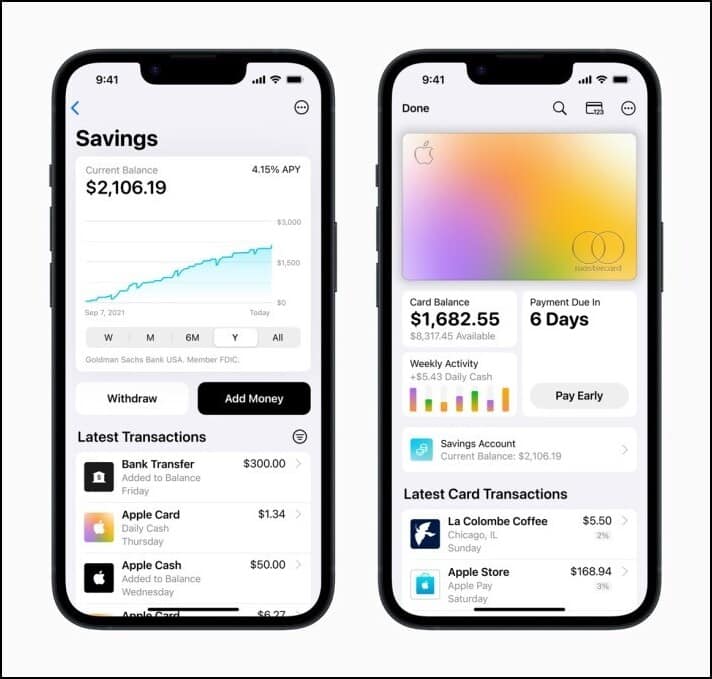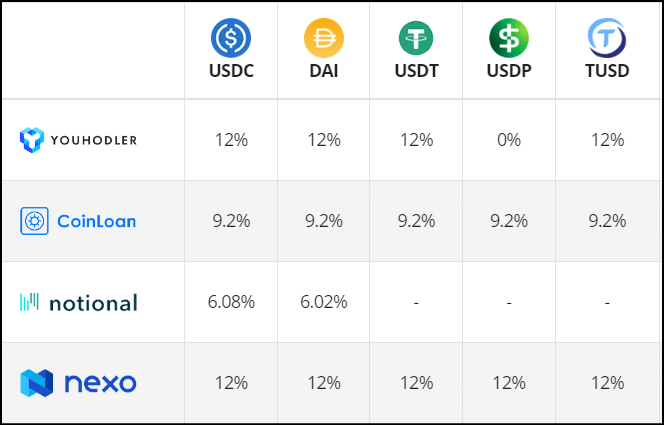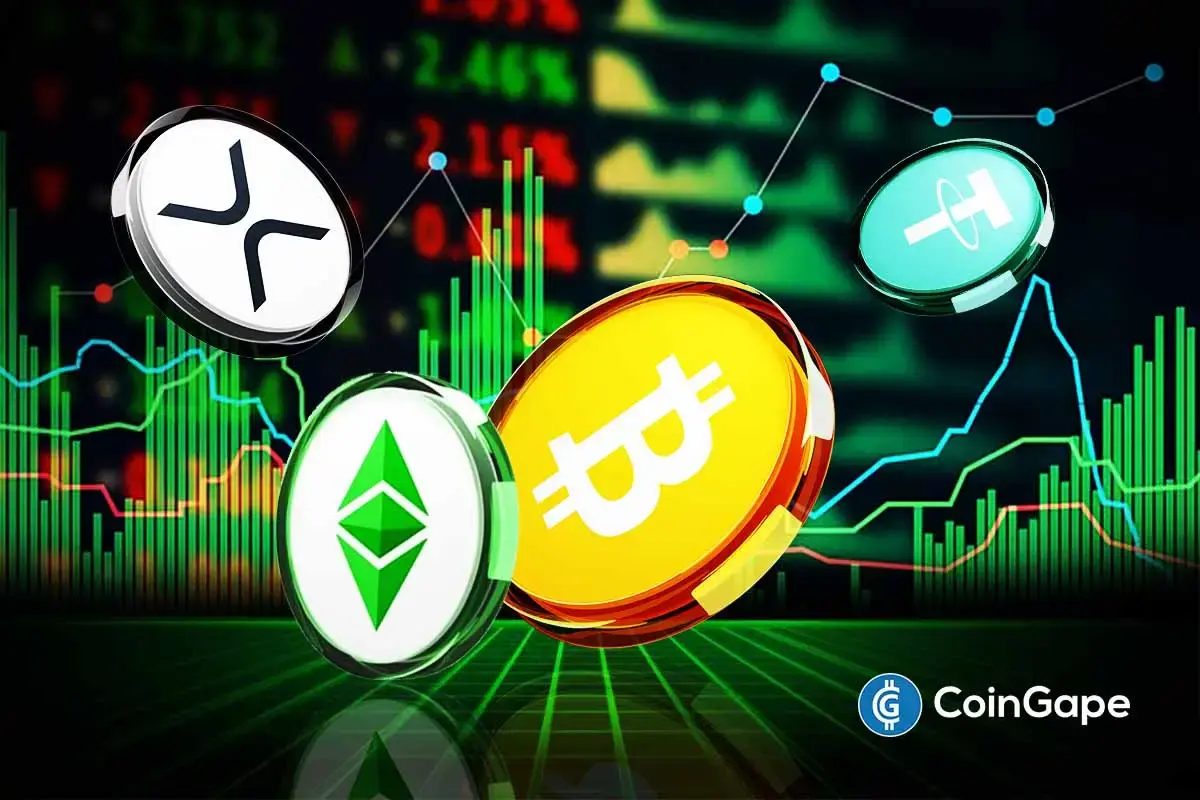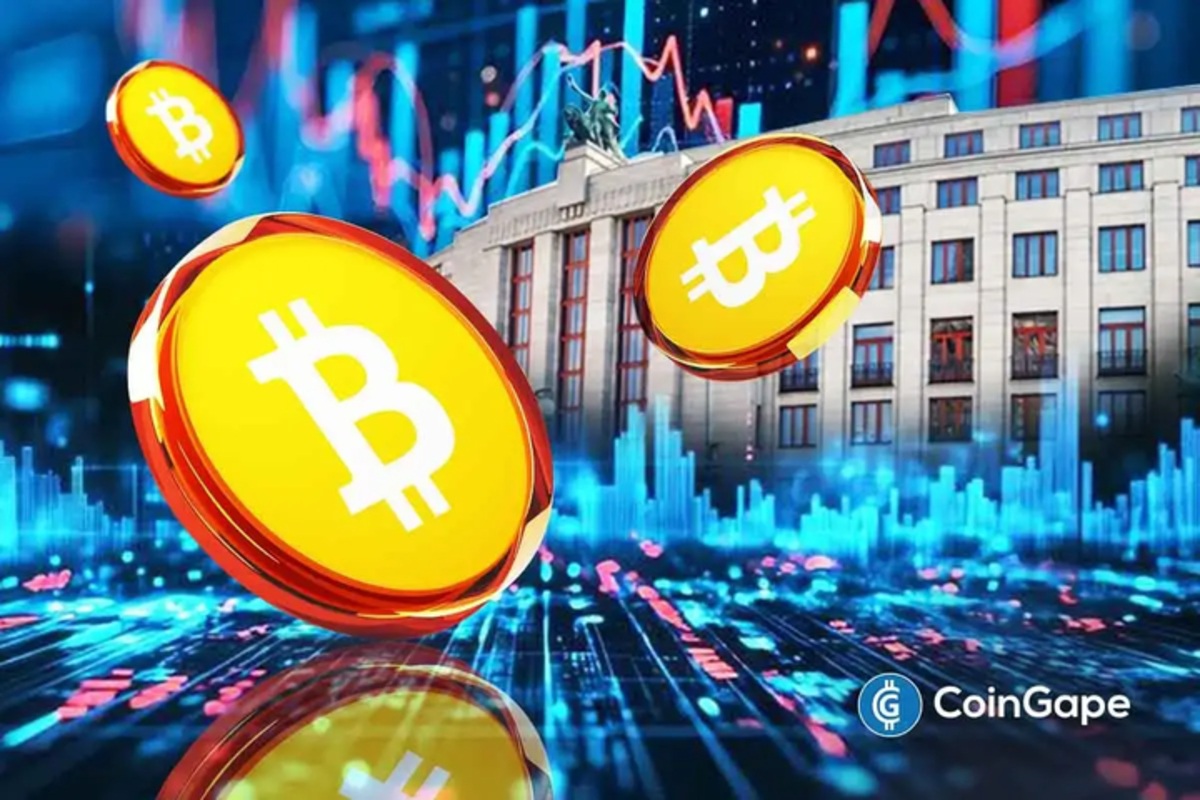Apple’s Latest Move Could Challenge DeFi; Launches High-Yield Savings Account

On Monday, Apple introduced its Apple Card savings account, which offers customers an annual percentage rate of 4.15%. Apple has stated that there is no requirement for a minimum deposit or balance, and customers can set up an account directly by using the Wallet software pre-installed on their iPhones. Now, whether this poses a threat to DeFi’s high-yield protocols, let’s find out.
Apple’s New Savings Feature
Apple has released this new savings alternative to the public in collaboration with Goldman Sachs. The 154-year-0ld financial institution is theoretically in charge of managing savings accounts, and therefore all balances are covered by the Federal Deposit Insurance Corporation (FDIC).
Read More: 4 Key US SEC Crypto Lawsuit Failures Every Investor Should Know
Customers who use their Apple Cards can take advantage of this newly launched high-yield savings account. Apart from that, when Apple Card users pay for their purchases, they are eligible for certain cashback on those transactions. Users earn 1% cash back on every transaction, and 2% cash back on every purchase made with Apple Pay by default. However, obtaining 3% back in rewards requires making purchases with certain retailers.

Can This Disrupt DeFi?
According to the FDIC, the average annual percentage yield (APY) on savings accounts across the United States is just 0.35%. Hence, Apple’s latest offering of 4.15% APY does seem high in comparison. However, competing high-yield accounts provided by prominent DeFi protocols such as Compound, Aave, Cream, Nexo and Notional continue to provide interest rates that are comparable to, if not superior to, that of Apple.
The fact that DeFi protocols provide returns on stablecoins such as USDT, TUSD, and USDC, amongst others, makes it functionally equivalent to keeping US dollars in your cryptocurrency wallet. Even if the returns created by such protocols are extremely prone to volatility, on average they have been significantly higher than the standard banking rate offered in the country.

As things stand right now, DeFi continues to give higher yields than Apple, and as a result, there is not a lot of concern over its existential crisis. Nevertheless, as traditional businesses are beginning to bridge the void in the saving account sector, DeFi may soon face intense competition in the near future.
Also Read: SEC Charges Bittrex Over Operating ‘Unregistered Securities Exchange’
- December Recovery Ahead? Coinbase Outlines Why Crypto Market May Rebound
- Peter Brandt Hints at Further Downside for Bitcoin After Brief Rebound
- $1.3T BPCE To Roll Out Bitcoin, Ethereum and Solana Trading For Clients
- Why is the LUNC Price Up 70% Despite the Crypto Market’s Decline?
- CoinShares Fires Back at Arthur Hayes, Dismisses Fears Over Tether Solvency
- Ethereum Price Holds $3,000 as Bitmine Scoops Up $199M in ETH; What Next?
- Solana Price Outlook Strengthens as Spot ETFs See $15.68M in Fresh Inflows
- Dogecoin Price Gears Up for a $0.20 Breakout as Inverse H&S Takes Shape
- Bitcoin Price Forecast as BlackRock Sends $125M in BTC to Coinbase — Is a Crash Inevitable?
- XRP Price Prediction As Spot ETF Inflows Near $1 Billion: What’s Next?
- Solana Price Outlook: Reversal at Key Support Could Lead to $150 Target

















